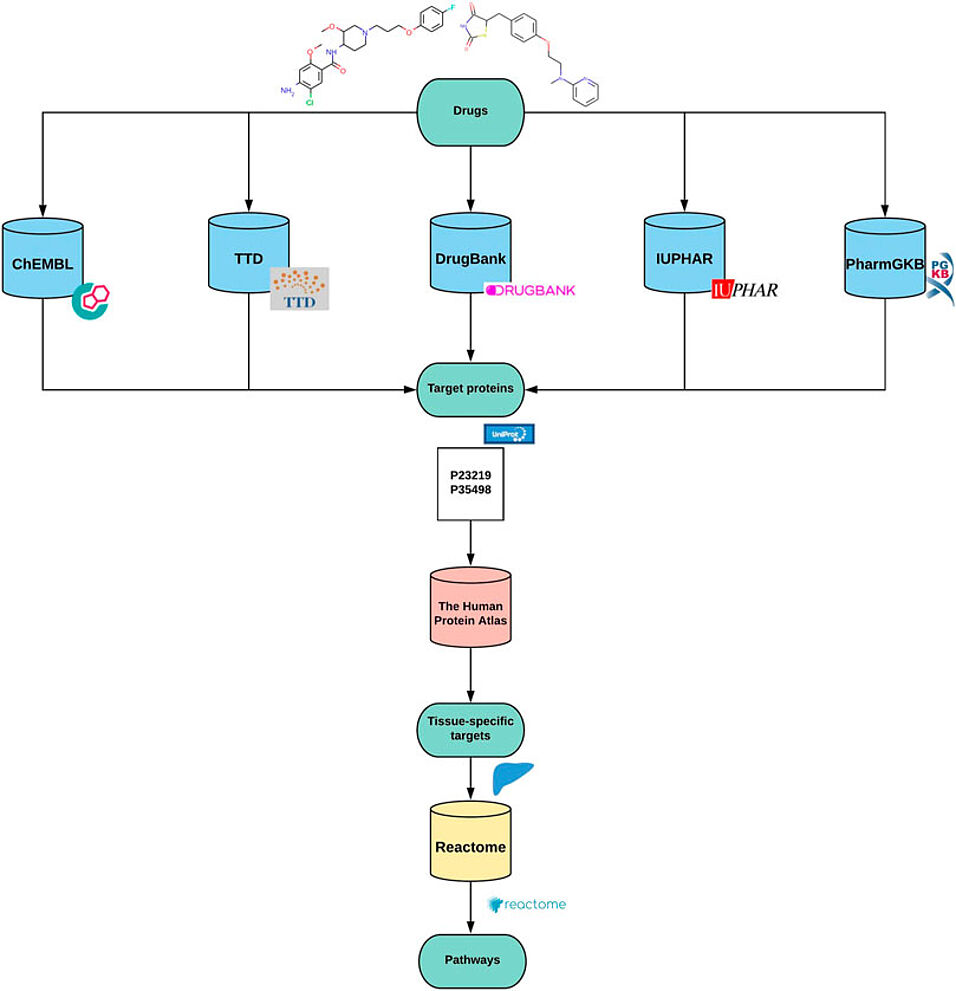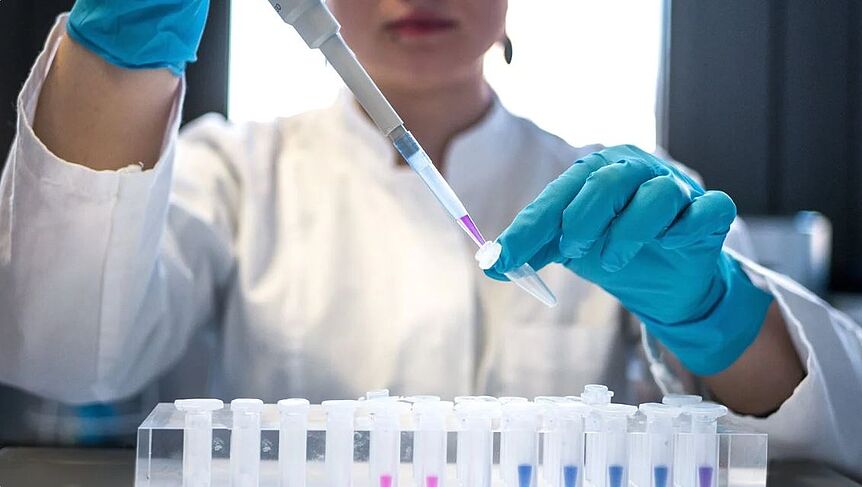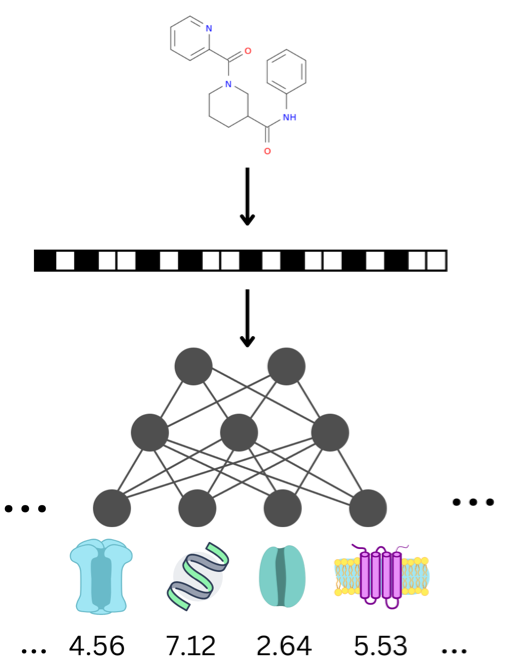Füzi B, Gurinova J, Hermjakob H, Ecker G and Sheriff R (2021) Path4Drug: Data Science Workflow for Identification of Tissue-Specific Biological Pathways Modulated by Toxic Drugs. Front. Pharmacol. 12:708296.
DOI
https://doi.org/10.3389/fphar.2021.708296
Abstract
The early prediction of drug adverse effects is of great interest to pharmaceutical research, as toxicity is one of the leading reasons for drug attrition. Understanding the cell signaling and regulatory pathways affected by a drug candidate is crucial to the study of drug toxicity. In this study, we present a computational technique that employs the propagation of drug-protein interactions to connect compounds to biological pathways. Target profiles for drugs were built by retrieving drug target proteins from public repositories such as ChEMBL, DrugBank, IUPHAR, PharmGKB, and TTD. Subsequent enrichment test of the protein pool using Reactome revealed potential pathways affected by the drugs. Furthermore, an optional tissue filter utilizing the Human Protein Atlas was applied to identify tissue-specific pathways. The analysis pipeline was implemented in an open-source KNIME workflow called Path4Drug to allow automated data retrieval and reconstruction for any given drug present in ChEMBL. The pipeline was applied to withdrawn drugs and cardio- and hepatotoxic drugs with black box warnings to identify biochemical pathways they affect and to find pathways that can be potentially connected to the toxic events. To complement this approach, drugs used in cardiac therapy without any record of toxicity were also analyzed. The results provide already known associations as well as a large amount of additional potential connections. Consequently, our approach can link drugs to biological pathways by leveraging big data available in public resources. The developed tool is openly available and modifiable to support other systems biology analyses.
Funding
This work has received funding from the Innovative Medicines Initiative 2 Joint Undertaking under grant agreement number 116030 (TransQST). This Joint Undertaking receives support from the European Union’s Horizon 2020 Research and Innovation Programme and European Federation of Pharmaceutical Industries and Associations (EFPIA). This work was also supported by the Austrian Science Fund/FWF, grant W1232 (MolTag) and EMBL core funding.
Copyright
© 2021 Füzi, Gurinova, Hermjakob, Ecker and Sheriff. This is an open-access article distributed under the terms of the Creative Commons Attribution License (CC BY). The use, distribution or reproduction in other forums is permitted, provided the original author(s) and the copyright owner(s) are credited and that the original publication in this journal is cited, in accordance with accepted academic practice. No use, distribution or reproduction is permitted which does not comply with these terms.
Keywords
toxicicity, drugs, drug targets, biological pathways, data science




